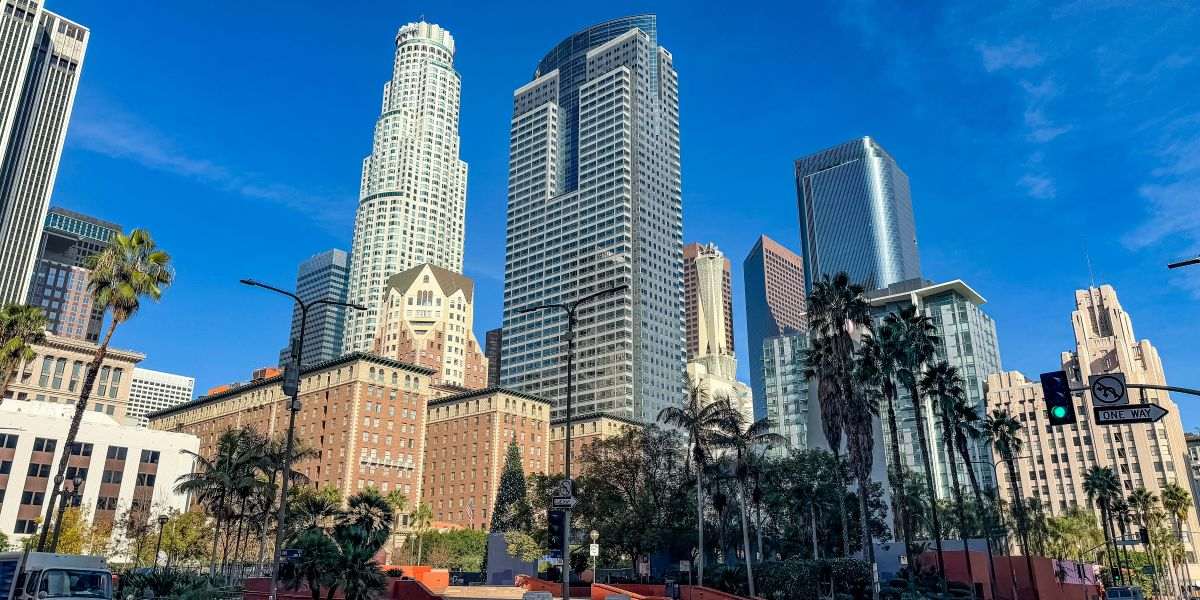Los Angeles is famous for its sunny weather, vibrant culture, and miles of stunning beaches. However, public health warnings related to beach water quality have become a growing concern in recent years. As bacterial contamination affects several popular areas, both residents and tourists are being advised to avoid certain beaches. This issue highlights the critical intersection between environmental health and public safety. But what causes these health risks, and how can they be managed to ensure the safety of the public?
Why Are There Environmental Health Warnings at Los Angeles Beaches?
Many Los Angeles beaches have experienced bacterial contamination, which is primarily caused by stormwater runoff and wastewater spills. After heavy rains, pollutants such as trash, chemicals, and human waste are carried from streets and storm drains into the ocean. These contaminants introduce harmful bacteria, like E. coli and enterococci, into the water, posing a serious health risk to those who swim or participate in water activities.
The Los Angeles County Department of Public Health frequently monitors beach water quality and issues warnings when bacterial levels exceed safety thresholds. These warnings advise people to avoid swimming, surfing, or engaging in any activity that involves contact with the water. When beach advisories are issued, it’s usually because the bacterial contamination can lead to illnesses such as gastrointestinal issues, skin infections, and respiratory problems.
High bacterial levels at beaches have become more common, especially during the rainy season. For example, after storms, bacterial levels spike due to increased runoff, prompting beach closures or warnings that may last for days. In such cases, it’s crucial for beachgoers to heed these warnings to avoid health risks.
How Does Bacterial Contamination Impact Public Health?
The contamination of beach water doesn’t just affect the environment—it has direct consequences for public health. Recreational water illnesses (RWIs) are a major concern for swimmers, surfers, and anyone who comes into contact with contaminated water. These illnesses can range from mild skin rashes to more severe gastrointestinal infections.
In particular, E. coli and enterococci bacteria, both commonly found in polluted beach water, can cause significant health problems. E. coli, a type of bacteria commonly associated with human and animal waste, can lead to symptoms like diarrhea, vomiting, and abdominal pain. Enterococci, often used as an indicator of fecal contamination, can result in similar symptoms and, in some cases, more serious infections.
Los Angeles has been taking steps to protect the public by issuing beach advisories and warnings as soon as water quality tests reveal high contamination levels. However, this does not fully eliminate the risk. There are instances where water quality worsens quickly due to unexpected events like sewage spills, which can go unnoticed for hours or even days, putting the public at risk before warnings are issued.
For vulnerable populations, including children, the elderly, and those with weakened immune systems, exposure to contaminated beach water can be especially dangerous. This makes it even more important to address the root causes of contamination and to enhance public awareness about the risks of polluted beach water.
What Can Be Done to Improve Beach Water Quality?
The growing issue of bacterial contamination in Los Angeles beach water requires comprehensive efforts from both the local government and the community. A significant part of the problem stems from urban runoff, which carries pollutants into the ocean. Addressing this issue will require infrastructure improvements, such as better stormwater management systems, and community initiatives to reduce littering and pollution in urban areas.
Public health experts recommend the installation of bioswales, green roofs, and other environmentally friendly infrastructure that can capture and filter stormwater before it reaches the ocean. Additionally, upgrading the city’s sewage systems to prevent overflows during heavy rainfalls can reduce the chances of bacterial contamination reaching the beaches.
At the community level, educating the public about pollution prevention can go a long way in improving beach water quality. Encouraging residents and visitors to properly dispose of waste, avoid littering, and minimize the use of harmful chemicals can reduce the amount of pollutants that end up in storm drains.
Beachgoers should also stay informed about water quality advisories. Several resources, including the Heal the Bay website and mobile apps, provide up-to-date information on beach water quality and contamination levels. By staying aware and avoiding swimming in contaminated areas, people can significantly reduce their risk of contracting illnesses.
Bacterial contamination of beach water in Los Angeles is a pressing issue that highlights the link between environmental health and public safety. While the city’s beautiful beaches remain a major attraction, it’s essential for residents and visitors to be aware of health warnings related to water quality. Addressing the root causes of bacterial contamination, such as stormwater runoff and sewage spills, requires both governmental action and community participation. With better infrastructure, public awareness, and a commitment to protecting the environment, Los Angeles can improve the health and safety of its beaches while preserving them for future generations.





